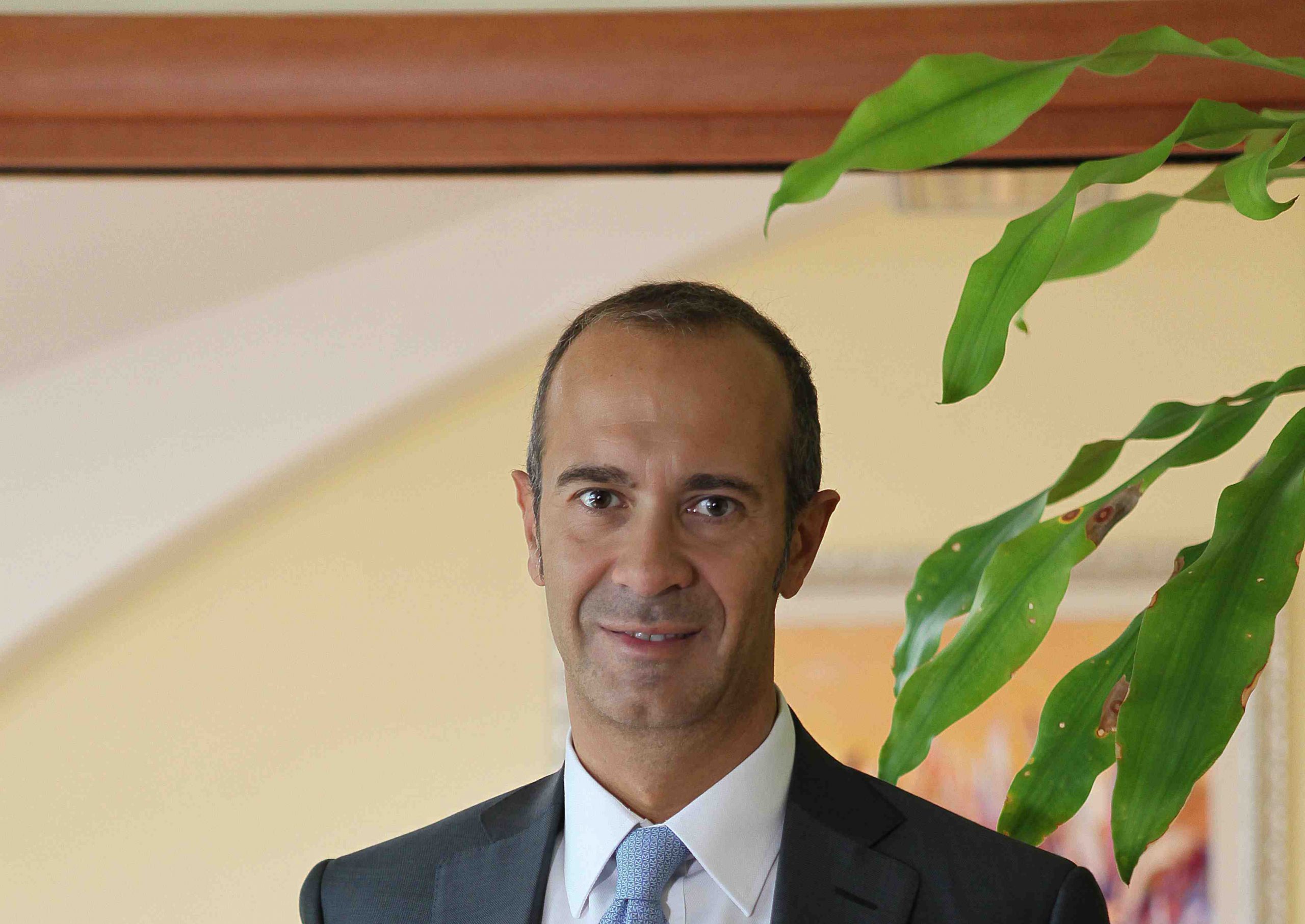Fintech-Fuelled Change Offers Unprecedented Opportunities On Global Payments
| For Gabriela Huerta | 0 Comentarios
Venture capital investment, accelerator programmes and a proactive focus on the deployment of new technologies through allegiances with fintech companies should be priorities for banks as a multiplicity of new payment capabilities come to the fore, according to a new report by BNY Mellon.
The new report, Innovation in Payments: The Future is Fintech, follows on from Global Payments 2020: Transformation and Convergence and hones in on the growing influence of fintech in transaction banking. It assesses the direct and indirect impact of the new technology on payments and the way in which it is moulding client behaviour and fuelling expectations for better, faster and more innovative solutions across the payments spectrum.
Cutting-edge technology holds great potential to transform how consumers and clients initiate and process transactions. It’s no longer just a case of new currencies or faster payment methods, but an entire rethinking of how transfers of any “value” might be undertaken. More fintechs are graduating from the ranks of start-ups to multi-billion dollar listed companies: at least 4,000 fintech start-ups are active and global investment in fintech ventures tripled in 2014 to $12 billion.
“The fintech era is upon us and banks shouldn’t merely be mindful of this; they should also have a clear strategy in place in order to adapt to and benefit from fintech-fuelled changes,” said Ian Stewart, Chief Executive Officer of BNY Mellon’s Treasury Services business. “While the banking industry is traditionally conservative about change, any hesitation or ambivalence here could be costly. In order to position themselves at the centre of the payments industry of tomorrow, banks must act today to understand, interact with, and cherry-pick from the full smorgasbord of fintech developments.”
“BNY Mellon is immersed in the fintech sector,” adds Stewart. “We are focusing on and investing a great deal of time in exploring the opportunities it has to offer the global payments arena in areas such as the potential to reengineer payments, including blockchain and big data technology. We are also working closely with fintech firms to explore the use of new technology capabilities.”
“As a major provider of wholesale banking services to client banks, we’re committed to staying current on evolving conditions in the banking industry, and liaise with our client banks about how the changing landscape is likely to impact their business strategies,” said Anthony Brady, Global Head of Business Strategy & Market Solutions for Treasury Services at BNY Mellon. “Our research into the changing transaction banking ecosystem has important implications for us as a business, and we’re eager to discuss with client banks how our investments in technology are positioning us to be an even better provider of support to them as they align their business plans with the emerging future state of our industry.”
While regulation has put pressure on bank resources, banks must prioritise technology-focused strategies. The financial services industry has one of the highest ratios of IT spend as a proportion of revenue, with levels expected to reach US$197 billion in 2015. That said, over three quarters of this is estimated to be in maintenance rather than new services, so banks need to redress this imbalance. The report examines what strategies banks should adopt in order to understand and access these exciting fintech-fuelled developments, and thereby future-proof their long-held position at the heart of global payments.
To view the report, Innovation in Payments: The Future is Fintech, please click here.







